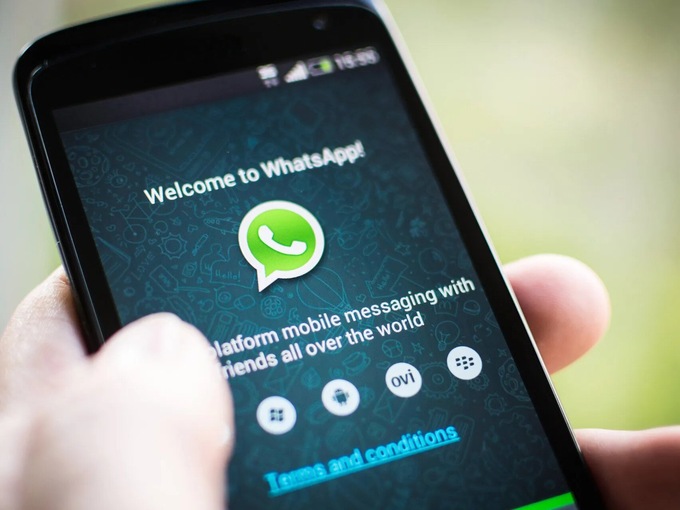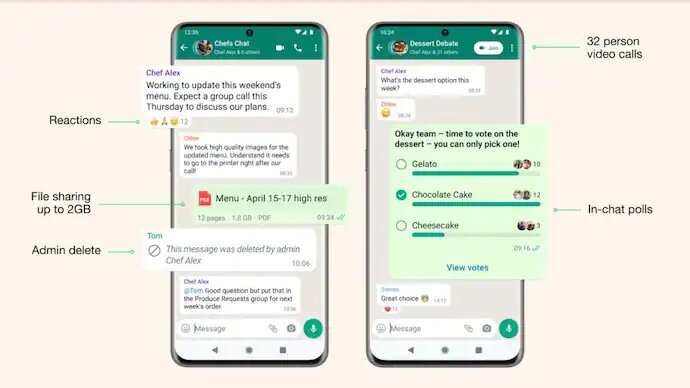WhatsApp To Soon Launch New Yellow Pages-Style Business Directory
WhatsApp is formally debuting a brand-new business directory feature in the UK, Colombia, Brazil, Indonesia, and Mexico. The new tools will be introduced for the first time in Brazil, one of Whatsapp’s largest markets, outside of pilot projects.

WhatsApp has revealed the release of a business directory feature that supports in-app transactions. Users can use this feature to find nearby businesses. Users can look up the business by categories including banking, dining, and travel.
After a brief test in So Paulo, Brazil, last year, WhatsApp decided to officially launch the service. In Brazil, the feature is only accessible through Android, however, it is accessible through both Android and iOS in the other four countries.
Read More: WhatsApp Rolls Out New Feature for Group Chats
At a meeting in Brazil devoted to WhatsApp, the company said that the “business search” tool will help people find contacts for businesses more quickly. Mark Zuckerberg, CEO of Meta, noted, “We want to make it easier for people to get more done on WhatsApp.
Part of that is building better ways to engage with businesses. The ultimate goal here is to make it so you can find, message, and buy from a business all in the same WhatsApp chat.” To start a conversation with a business on Whatsapp, users previously had to enter a mobile number to their phone contacts or follow a link on a different site.
The feature’s release coincides with WhatsApp’s increased marketing of itself as a platform for users to contact businesses in addition to family and friends. According to Meta, more than 175 million users use WhatsApp to communicate with business accounts daily as of October 2020.
Other e-commerce-related features have also been introduced to the service, such as support for in-app shopping.. According to a press statement from WhatsApp, the merchant payments functionality is now being tested in Brazil “with multiple payment partners.”
The business-oriented features of WhatsApp are noteworthy since they represent one of the few means the platform is monetized using the WhatsApp Business API. It doesn’t similarly display ads as Instagram and Facebook, two of Meta’s other top services, do. However, a Meta executive told Reuters a year ago that WhatsApp’s business model “in some form or another” is likely to include adverts in the future.
With the debut of person-to-person payments in 2020, Meta recently announced WhatsApp’s “first-ever end-to-end shopping experience” in India with JioMart earlier this year. However, the expansion in Brazil has been more delayed. The payments function of WhatsApp was shut down by Brazil’s national bank in 2020, not long after it was introduced.
The Financial Times reported in April of this year that Meta was having trouble obtaining payment providers for its payment-to-merchant service.
Over 2 billion people use WhatsApp worldwide. According to the company’s quarterly earnings, which were cited by TechCrunch last month, the click-to-WhatsApp ad business had increased revenue by 80% year over year and was on course to reach $1.5 billion annually.
Recently, Meta reported its first-ever yearly revenue drop and laid off over 11,000 employees.

I am a law graduate from NLU Lucknow. I have a flair for creative writing and hence in my free time work as a freelance content writer.





